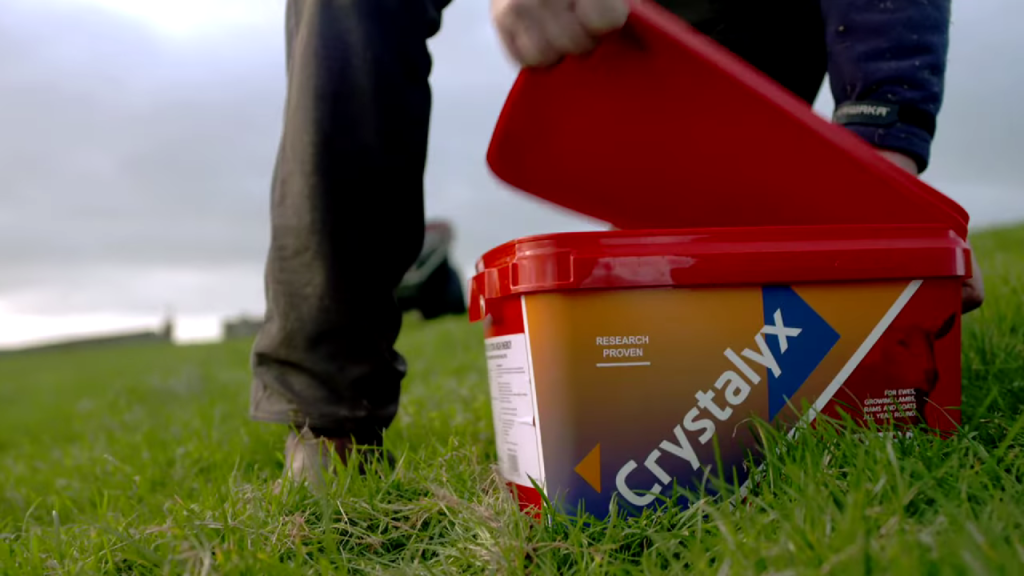We’ve lifted the lid on what you need to know to choose between a mineral lick and feed block…
Livestock mineral blocks. Mineral licks. Feed blocks. Mineral buckets. Lick tubs. Feed licks. What is the difference, and what makes the difference?! Knowing this is critical to making the most profitable decision for your system.
Mineral Lick vs Feed Lick
A mineral lick (also commonly referred to as a mineral block or bucket) primarily focuses on supplying livestock with their essential minerals and trace elements. A mineral lick has over 40% mineral content – the higher the ash content, the more mineral-focused the lick becomes.
A feed lick (also commonly referred to as a feed block or bucket), on the other hand, typically serves as a broader livestock supplement. As well as supplying minerals, vitamins and trace elements, a feed lick will also provide supplementary energy and protein.
| Mineral lick | Feed lick | |
| Purpose | To supply micro and macro minerals when the diet is deficient in them. | To offer a general nutritional boost and increase rumen turnover of dry matter. |
| Contents | Minerals, trace elements and vitamins together with a small amount of molasses to bind. | Protein, energy from molasses, minerals, vitamins, and sometimes feed additives. |
| Molasses | Tends to only act as a binder and to encourage intakes. | Incorporated at a level that can top-up energy in the diet. |
| Sheep example | Megalix Quattro Mag Sheep | Crystalyx Extra High Energy |
| Cattle example | Megalix Quattro Mag Cattle | Crystalyx Cattle Booster |
| Use case | To overcome any mineral deficiencies in tougher conditions. | To support grass that is lower in energy and/or when demand for energy is high. |
The Crystalyx range provides the right minerals in the right amounts to effectively balance grass and silage PLUS energy from sugar to support digestion and encourage intakes.
Feed Lick v Feed Block
A feed block consists of ground up feed ingredients that are mixed with molasses before being compressed into a block. Feed blocks tend to be fed on the floor, and will often absorb water and break into pieces. As they are soft, livestock can bite and remove chunks, meaning they are often overconsumed and short lived.
A poured or chemical block contains a higher levels of minerals than a feed block, plus some molasses and a setting agent (usually calcium oxide). Molasses is not included at a level significant enough to feed rumen bugs and stimulate forage digestion. Poured/chemical blocks substitute for other concentrate feed sources.
A feed lick has molasses as the main ingredient, plus minerals, trace elements and vitamins. With that, a feed lick can improve forage digestibility and stimulate dry matter intakes. When made through a heating process, they set hard to a point they can only be licked, and therefore cannot be gorged on meaning they last longer. Feed licks can be consumed on top of other concentrate feeds (i.e. they don’t take up space in the ration).
Crystalyx is manufactured using a unique and advanced process that slowly and cooks molasses with a high level of control. The dehydration continues in a second cooling stage under a vacuum. The resulting feed lick is both low in residual moisture (2-3%) AND consistent. This compares to dried feed stuffs containing around 10-12%, and other feed licks containing as much as 20%.
Sign up for updates
We hope this blog has helped advance your understanding so you can make effective nutritional decisions! Keep up-to-date with our latest news, advice and offers by signing up to our mailing list.

